30 Most Common Food Phrases That Leave Us All Confused
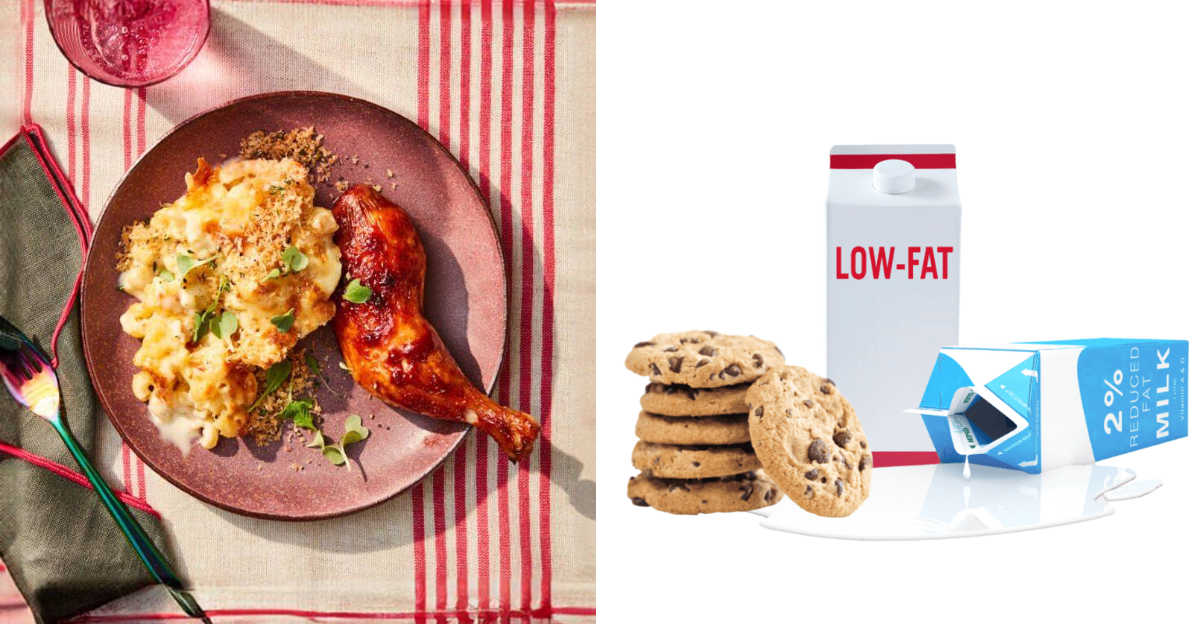
Food labels are meant to inform us, but often they confuse us with terms that sound healthier or more meaningful than they actually are. From ‘All Natural’ to ‘Hormone-Free,’ these phrases can mislead consumers into thinking they’re making better choices. Here’s a closer look at 30 common food phrases that often leave us scratching our heads, wondering what they really mean.
1. All Natural
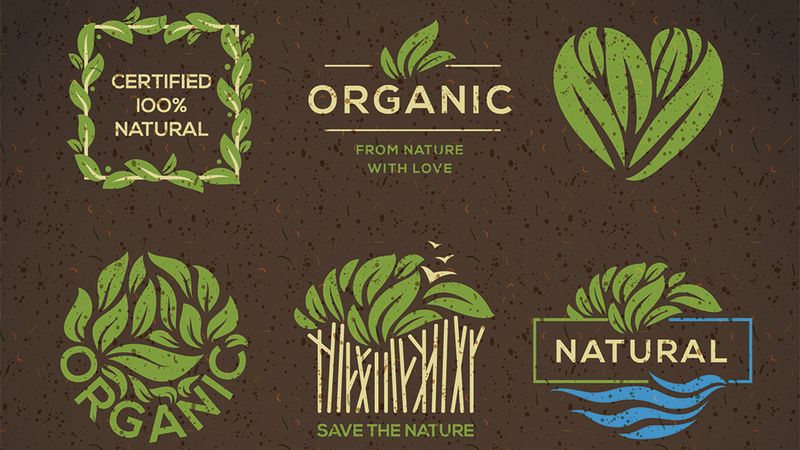
‘All Natural’ sounds pure and simple, yet it’s a term fraught with ambiguity. There’s no regulatory standard defining it, allowing products with processed ingredients to use it liberally. Imagine strolling through a grocery aisle, seeing ‘All Natural’ on a snack bag, yet finding artificial additives in the ingredients list. The allure lies in its perceived wholesomeness, but the reality is less idyllic. Without strict guidelines, ‘All Natural’ becomes a marketing phrase, often masking a product’s true nature.
2. Organic-ish
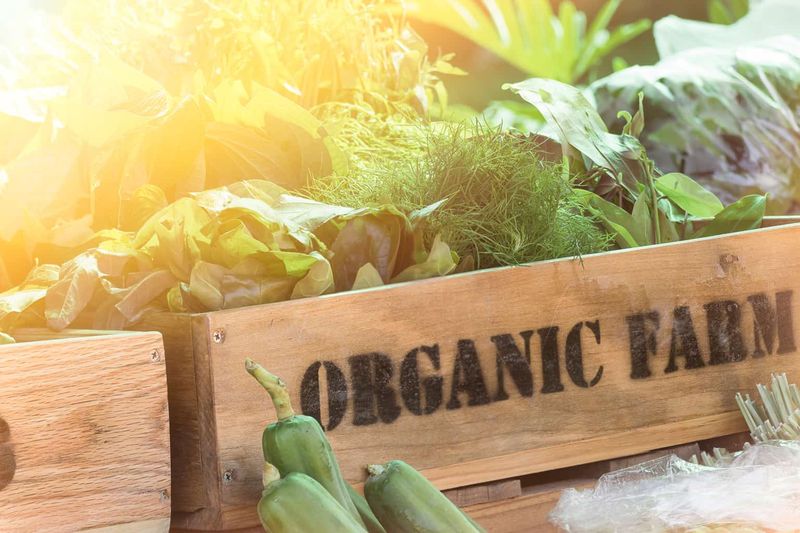
‘Organic-ish’ isn’t a real category, but it describes the tricky nature of labels claiming ‘made with organic ingredients.’ This phrase can mislead consumers into believing a product is entirely organic. Picture a cereal box adorned with pastoral imagery, yet only a fraction of its components are organic. The rest could be conventionally sourced. This partial truth plays into consumer desires for healthier options, while bending the rules of transparency. It’s a clever way to catch the eye without a full commitment to organic standards.
3. Cage-Free

The term ‘Cage-Free’ evokes images of happy hens frolicking in open fields. However, it merely indicates that hens are not confined to cages, not that they enjoy wide open spaces. Often, these birds remain indoors, crowded in large barns. The freedom promised by the label is not as liberating as imagined. The reality is less pastoral, challenging the consumer’s romantic notions of animal welfare. While ‘Cage-Free’ implies better living conditions, it doesn’t equate to outdoor access or less crowded environments.
4. Pasture-Raised

‘Pasture-Raised’ paints a picture of chickens freely wandering vast meadows, but the term lacks strict regulation. Chickens might have some access to pasture, yet the extent is often unclear. Imagine a bucolic scene where the reality is a fenced area with limited availability. Consumers envision idyllic farms, but the label doesn’t guarantee such conditions. The phrase capitalizes on the desire for humane farming, leaving the true living conditions to interpretation. It’s a phrase that promises much but often delivers little.
5. No Added Sugar
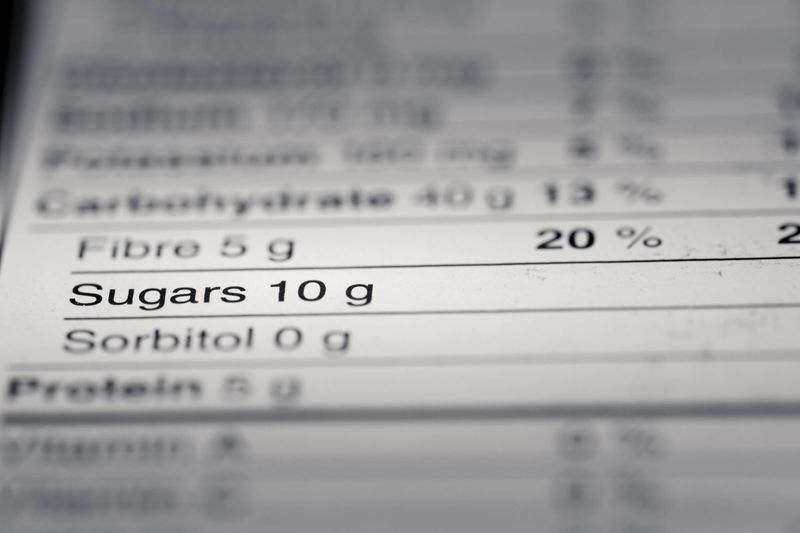
‘No Added Sugar’ seems straightforward, but it can hide a world of sweetness. While it means no extra cane sugar is included, other sweeteners like fruit juice concentrates can still be present. Visualize picking up a bottle that boasts ‘No Added Sugar’, yet it’s packed with naturally occurring sugars that act similarly in the body. The label implies healthiness, yet it’s a nuanced promise. This clever wording exploits the sugar-conscious consumer, offering sweetness without the perceived guilt of traditional sugar.
6. Sugar-Free

On the surface, ‘Sugar-Free’ promises a lack of sugar, but dig deeper and you’ll find substitutes lurking. Legally, it means less than 0.5 grams per serving, but artificial sweeteners often replace sugar. Picture a packet with ‘Sugar-Free’ boldly printed, masking the presence of synthetic sweeteners. These substitutes maintain sweetness without the calories, but can leave consumers questioning the trade-offs. The label might suggest fewer calories, yet the reality is a complex array of substitutes that keep sweetness alive.
7. Low-Fat

‘Low-Fat’ aims to attract the health-conscious by reducing fat content, but it often compensates with sugar or starch. Imagine a snack with ‘Low-Fat’ highlighted, yet a closer look reveals added sugars to maintain flavor. The term reassures those wary of fats, but sacrifices are made. While aiming for lighter options, consumers may end up with products that are more sugar-laden. The label’s promise of health can be a delicate balance, swaying between lower fat and higher sugar content.
8. Fat-Free
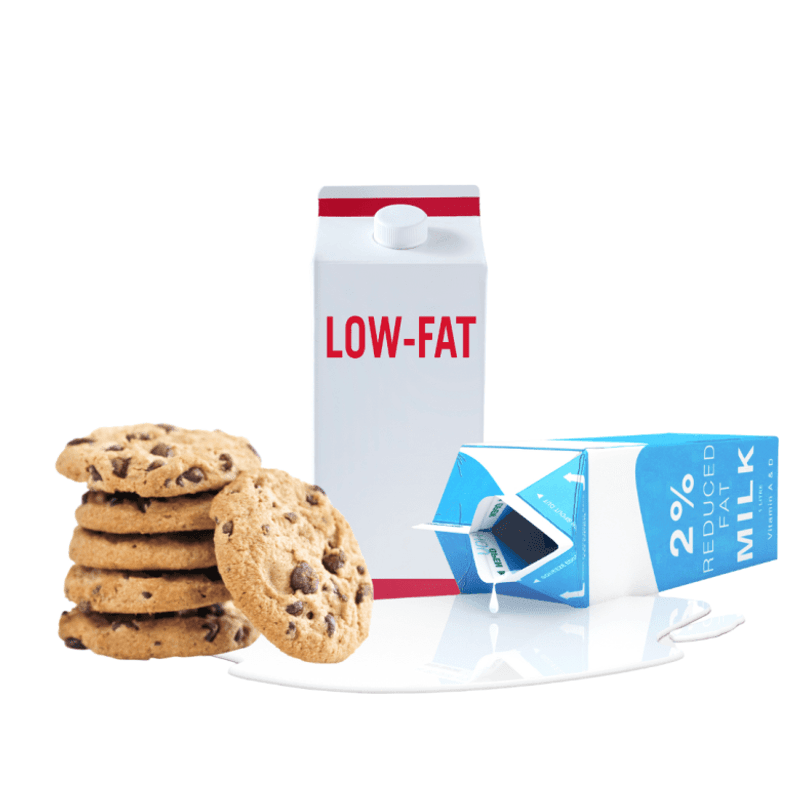
‘Fat-Free’ suggests a health boost, but often results in flavor and texture loss. This label might entice those avoiding fats, but it commonly means more processing. Consider a ‘Fat-Free’ yogurt, where the richness is replaced by thickeners and sweeteners. The promise of a healthier option comes at the cost of simplicity, with more additives creeping in. While ‘Fat-Free’ might appear as a beacon of health, it often leads to a product that’s more about marketing than genuine nutritional improvement.
9. Light

The label ‘Light’ is vague, potentially referring to calories, flavor, or even color. A bottle marked ‘Light’ might suggest dietary benefits, but without regulation, its meaning is elusive. Envision standing before a shelf lined with ‘Light’ products, each promising something different. The ambiguity caters to various interpretations, leaving consumers to decode the promise. While ‘Light’ might hint at health improvements, it often leaves the true benefit open-ended, relying on consumer assumptions to complete the picture.
10. Multigrain

‘Multigrain’ sounds healthy, evoking rustic images of diverse grains. Yet, it merely indicates more than one type of grain, not necessarily whole grains. Picture a loaf of ‘Multigrain’ bread, rich in different grains but predominantly refined flour. This label taps into the desire for varied nutrition, but the reality might be less nutritious than anticipated. While ‘Multigrain’ implies wholesomeness, it often masks a mix where refined grains dominate. The term appeals, yet the nutritional value remains a question of proportion.
11. Made With Whole Grains
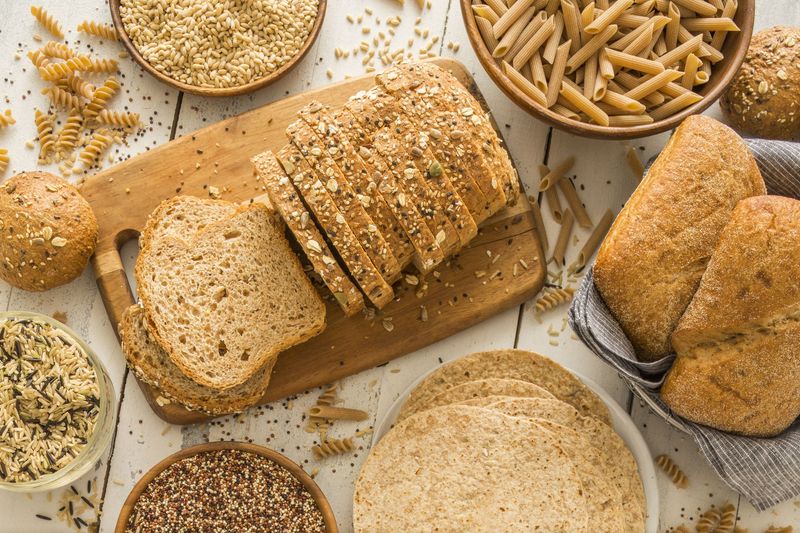
The phrase ‘Made With Whole Grains’ conjures a vision of health, but even a small amount allows for this label. A cereal box may proudly declare its whole grain content, but closer scrutiny reveals it’s minimal. This term plays on the assumption of complete wholesomeness, while the reality allows for predominantly refined ingredients. The promise of whole grains is alluring, yet the proportion tells the real story. While ‘Made With Whole Grains’ draws consumers in, the actual content might not meet expectations.
12. Clean Eating
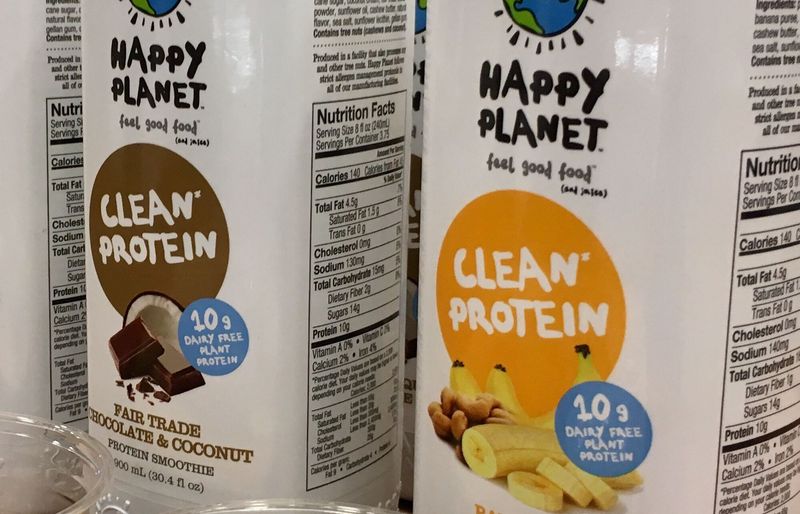
‘Clean Eating’ is a trend rooted in simplicity, yet lacks a defined meaning. It varies widely, based on individual interpretation of healthful diets. Consider a dish labeled ‘Clean Eating’, brimming with natural ingredients, yet what constitutes ‘clean’ remains personal. This phrase attracts those seeking purity in their diet, but the lack of clear guidelines means it’s open to individual belief. The ‘Clean Eating’ label resonates with health goals, yet its ambiguity makes it a personal journey rather than a regulated standard.
13. Farm-Fresh
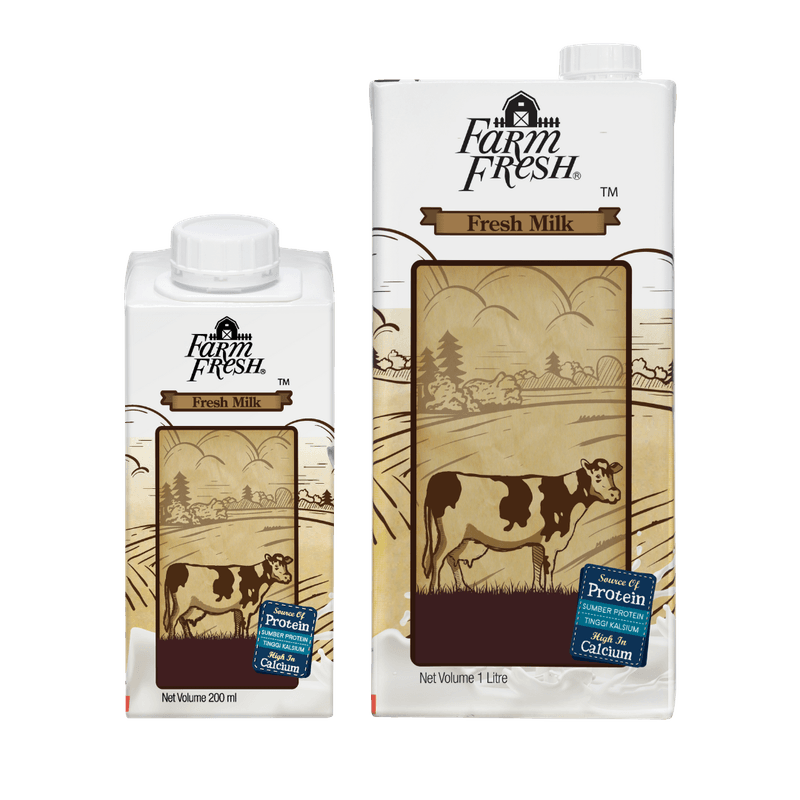
‘Farm-Fresh’ brings to mind rustic imagery of pastoral landscapes, yet it’s more about marketing than location. A carton labeled ‘Farm-Fresh’ doesn’t guarantee origin or methods, merely suggests quality. Picture a product promising ‘Farm-Fresh’ goodness, but its journey might start in an industrial setting. The term capitalizes on nostalgic notions, while the reality might differ vastly. While ‘Farm-Fresh’ evokes trust in traditional methods, it’s ultimately an ambiguous label, more cultural touchstone than guarantee.
14. Chef-Inspired

‘Chef-Inspired’ suggests culinary excellence, yet often means a recipe developed in test kitchens. A microwave meal with this label conjures thoughts of gourmet creation, but usually lacks a renowned chef’s touch. The phrase taps into aspirations of restaurant-quality dining at home, though its application is broad. Picture a dish promising ‘Chef-Inspired’ flair, yet the reality leans towards mass production. The term appeals to those seeking culinary sophistication, while its execution might not meet such high expectations.
15. Artisanal
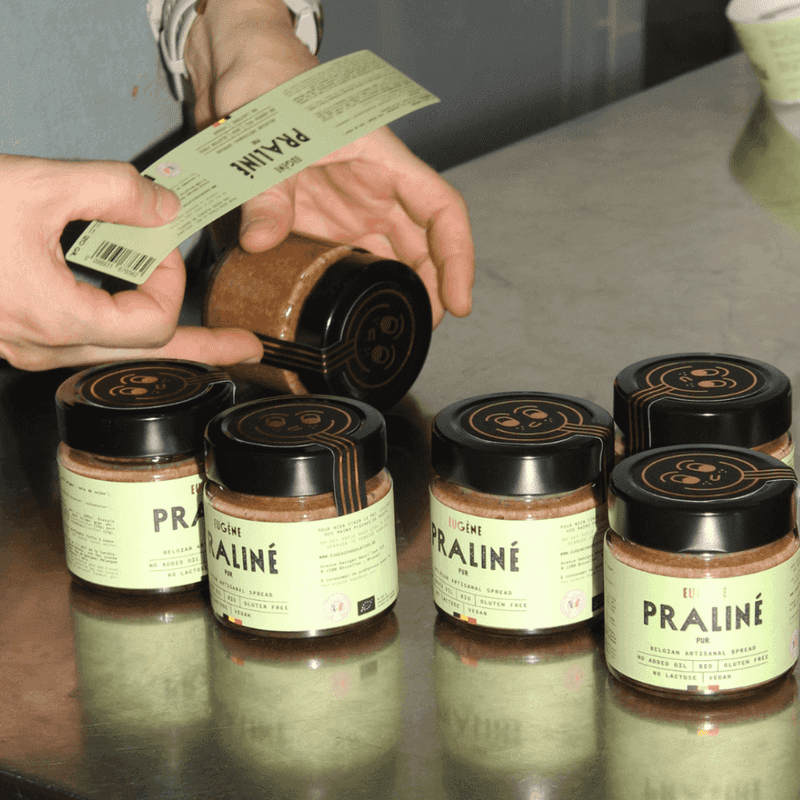
‘Artisanal’ hints at handcrafted quality, yet the label is often used for mass-produced goods. Imagine buying ‘Artisanal’ jam, expecting small-batch charm, but finding it’s factory-made. The term plays on the allure of skillful, traditional methods, while its application can be broader than expected. By invoking ‘Artisanal’, products aim to suggest uniqueness and superior quality. The label resonates with those valuing craftsmanship, yet without regulation, it may not always deliver the expected artistry.
16. Seasonal Ingredients
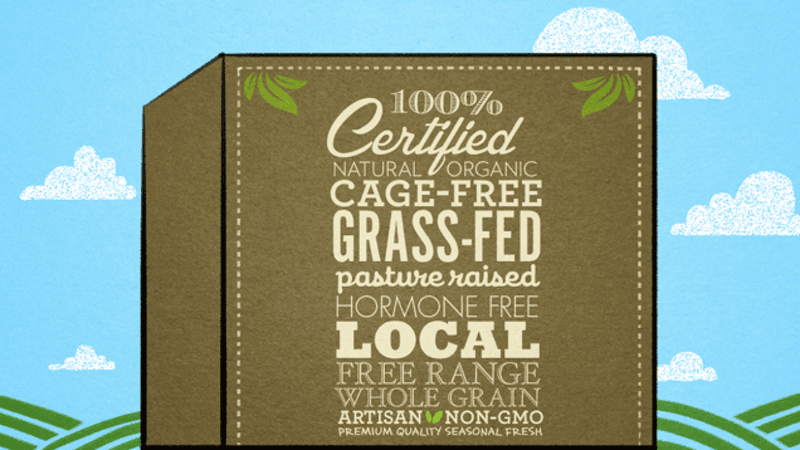
‘Seasonal Ingredients’ sounds promising, linking dishes to the natural rhythm of harvests. However, it can be a flexible term, used for dishes that don’t always change with the seasons. Imagine a menu boasting ‘Seasonal Ingredients’, yet offering items that are available year-round. The phrase capitalizes on the appeal of freshness and variety, while its usage might not reflect actual seasonal shifts. While ‘Seasonal Ingredients’ suggests alignment with nature, it’s often more of a culinary suggestion than a guarantee.
17. Locally Sourced
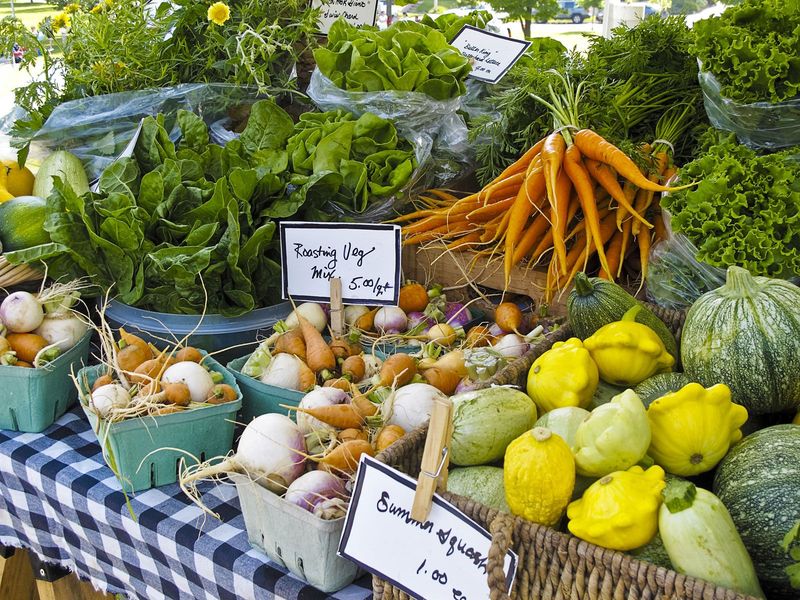
‘Locally Sourced’ implies proximity, yet the definition of ‘local’ can vary widely. A product labeled as such might come from miles away, depending on who’s defining the term. Picture a farmer’s market stall with ‘Locally Sourced’ banners, yet the origin stretches beyond the neighborhood. The term taps into values of supporting local economies, but its meaning is often relative. While ‘Locally Sourced’ suggests community and sustainability, its boundaries are as much about perception as distance.
18. Sustainably Sourced
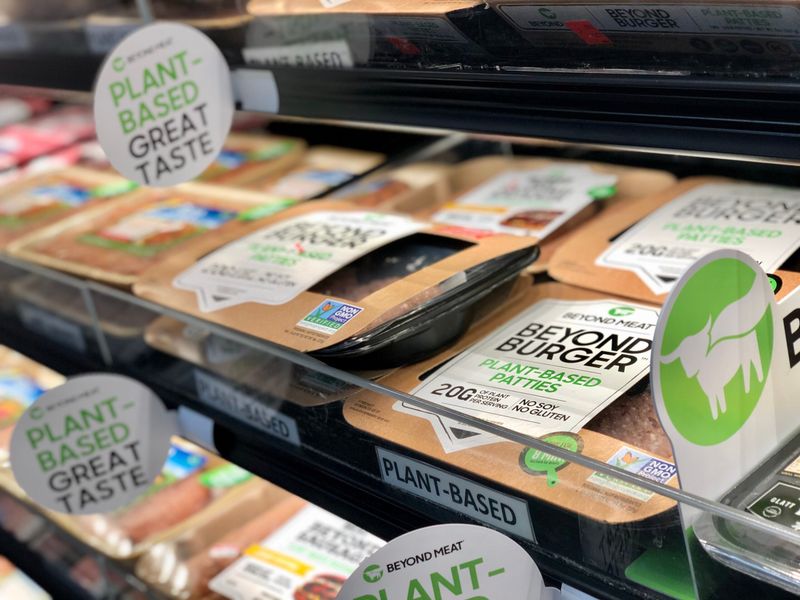
‘Sustainably Sourced’ suggests eco-friendly practices, yet without certification, it’s often ambiguous. A product with this label might convey environmental benefits, but its claims can be difficult to verify. Visualize items on a shelf adorned with the word ‘Sustainable’, yet lacking concrete proof. The phrase appeals to the growing eco-conscious market, offering a sense of responsibility. While ‘Sustainably Sourced’ hints at green practices, its true impact is reliant on more than just a label, requiring trust in unseen processes.
19. Plant-Based
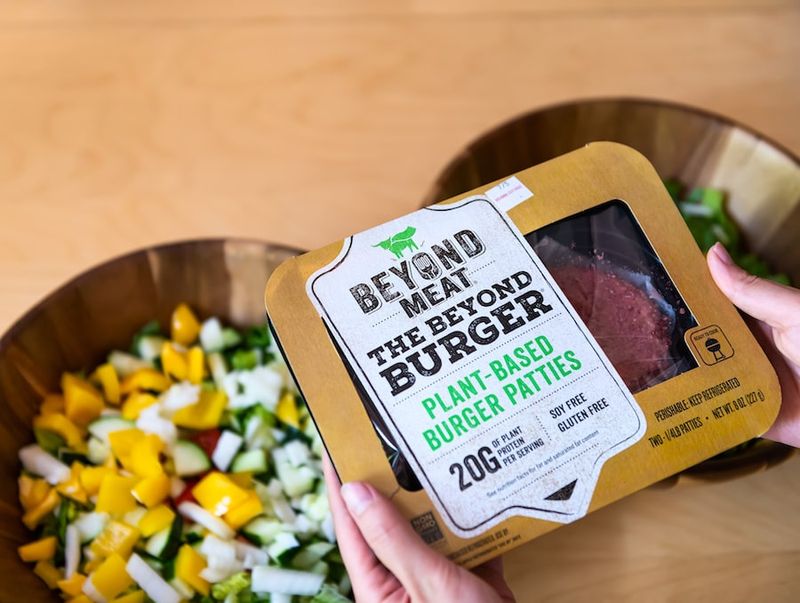
‘Plant-Based’ is not always synonymous with health, despite its natural connotations. A cookie pack might boast this label, yet be rich in sugar and refined ingredients. The term capitalizes on the trend towards plant-derived diets, while not all plant-based foods are nutritious. Visualize a ‘Plant-Based’ snack, perceived as wholesome, but packed with less beneficial ingredients. The phrase attracts those aiming for a more vegetable-centric lifestyle, yet its application can be as much about marketing as nutrition.
20. Vegan-Friendly
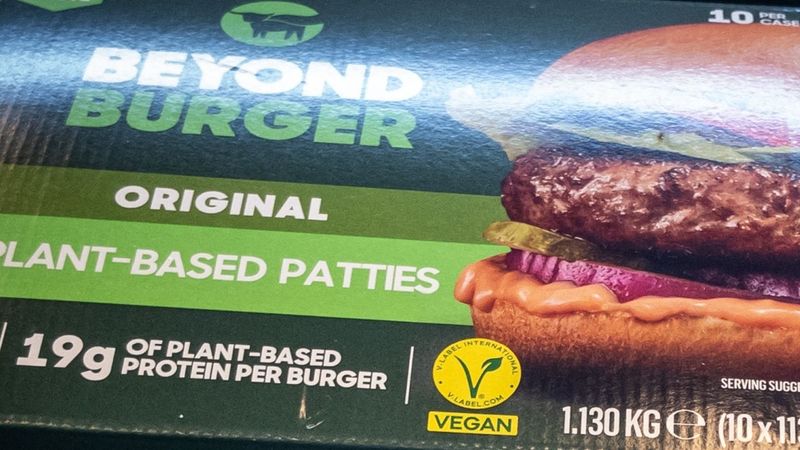
‘Vegan-Friendly’ is a term designed to attract plant-based eaters, but ‘friendly’ is a wiggle word. A snack might claim this label, only to contain traces of animal-derived ingredients. Picture a package announcing ‘Vegan-Friendly’, yet requiring scrutiny to verify its true compliance. The term appeals to those pursuing veganism, yet its flexibility can lead to misunderstandings. While ‘Vegan-Friendly’ suggests alignment with ethical dietary choices, it’s crucial to check the fine print to ensure it meets expectations.
21. Gluten-Free
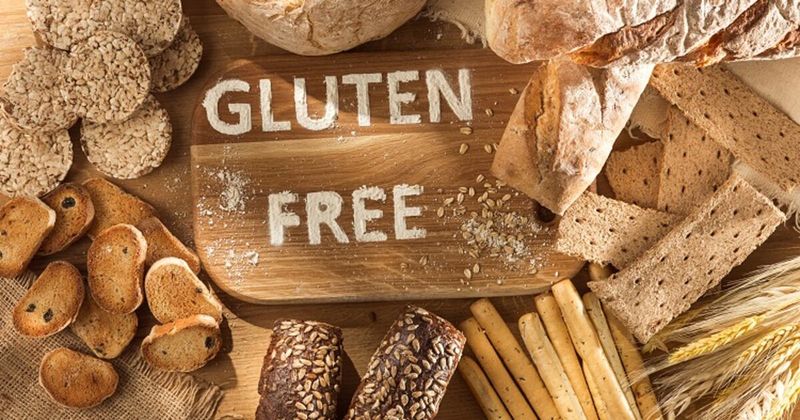
‘Gluten-Free’ is essential for those with celiac disease, but not necessarily beneficial for all. A muffin marked as such may be free of gluten, yet still highly processed. Imagine a ‘Gluten-Free’ treat promising health, yet filled with sugars and additives. The label reassures those needing to avoid gluten, while its broader health benefits are debated. While ‘Gluten-Free’ aids those with specific dietary needs, its use as a blanket health term can be misleading, requiring a closer look at the overall ingredient quality.
22. Serving Size
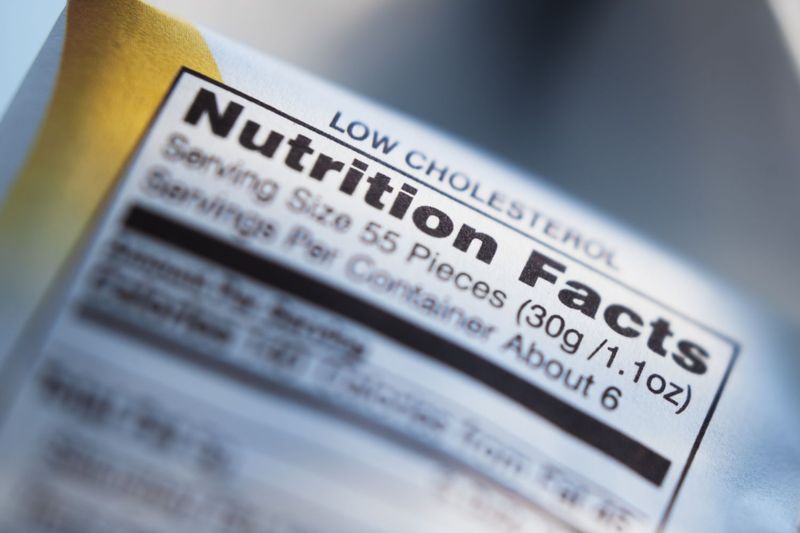
The ‘Serving Size’ on nutrition labels often doesn’t reflect realistic portions. A bag of snacks might list a tiny serving, designed to make nutritional stats appear better. Picture a label declaring a mere handful as a serving, while most consumers eat double. This tactic manipulates perceptions of caloric intake and nutrients. While ‘Serving Size’ is a regulatory requirement, it can be misleading, offering a skewed view of consumption. The label highlights the importance of understanding portions and not just the numbers.
23. Zero Trans Fats
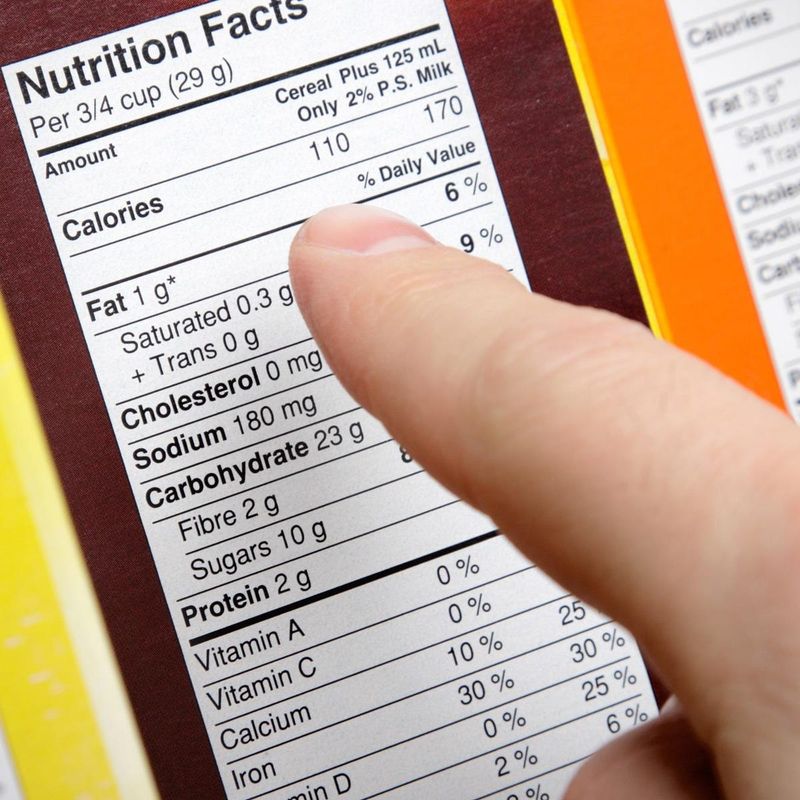
‘Zero Trans Fats’ sounds ideal, but legally it means less than 0.5 grams per serving. A snack might claim this, yet consuming multiple servings adds up. Envision a package flaunting ‘Zero Trans Fats’, while the serving size hides small amounts. The label promises healthier choices, yet transparency is key to understanding overall intake. While ‘Zero Trans Fats’ attracts health-conscious buyers, its reality requires attention to detail, ensuring small amounts don’t accumulate unnoticed.
24. Enriched Flour
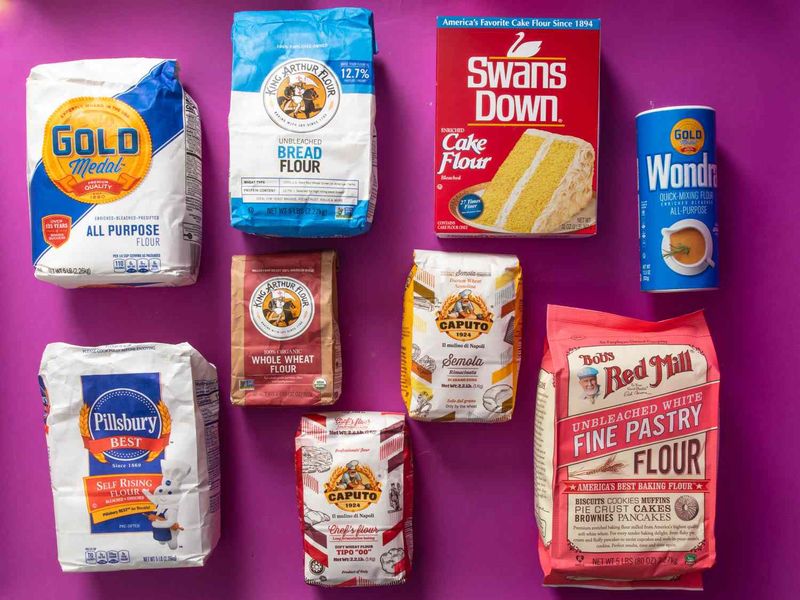
‘Enriched Flour’ signals the addition of nutrients to otherwise depleted white flour. A package may boast enrichment, but it began as stripped grain. Imagine a bag labeled ‘Enriched’, promising nutrition, yet it lacks the natural wholesomeness of whole grain. The term attracts those seeking fortification, but it’s a partial solution to a broader nutritional deficit. While ‘Enriched Flour’ implies improved health, understanding its origins highlights the difference between natural nutrients and those reintroduced post-processing.
25. Processed
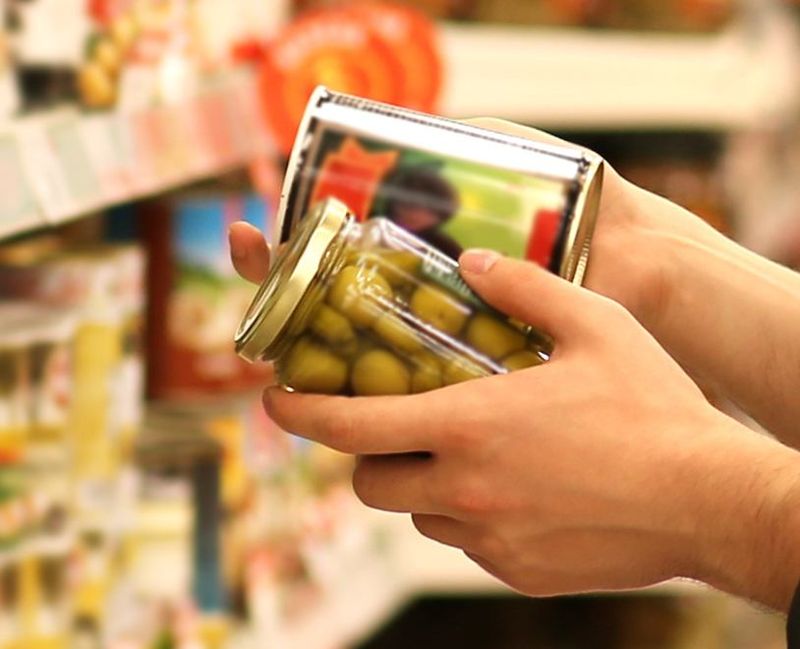
The word ‘Processed’ often carries negative connotations, yet it encompasses a wide range of food preparation methods. A can of soup might be labeled as processed, but so is a loaf of bread. Picture foods of varying complexity, all falling under the processed category. This term often raises concerns, but it’s essential to differentiate between wholesome processing and over-processing. While ‘Processed’ can imply less nutritional value, understanding its broad definition helps in discerning truly healthy options.
26. Flavorings (Natural or Artificial)
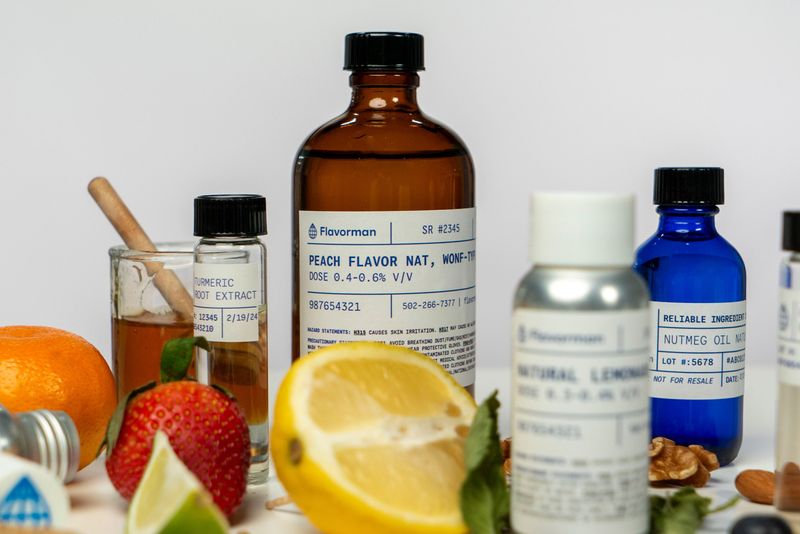
‘Flavorings’, whether natural or artificial, can be deceptive. A drink might list ‘Natural Flavorings’, yet these are often lab-created. Imagine a bottle highlighting ‘Natural Flavors’, while the source remains a mystery. The term appeals to those seeking authenticity, yet the processes behind flavorings can be complex. While ‘Flavorings’ suggests enhancement, it’s crucial to consider what lies beneath the label, understanding that natural doesn’t always equate to simplicity or transparency.
27. Good Source Of…

The label ‘Good Source Of…’ indicates 10–19% of the daily value for a nutrient, yet it might not be as rich as perceived. A cereal boasting this claim may only offer a fraction of dietary needs. Visualize a box marked as a ‘Good Source Of Fiber’, leaving one to assume it fulfills more than it does. The term attracts health-oriented consumers, yet it’s a modest promise in the grand nutritional scheme. While ‘Good Source Of…’ suggests nutritional benefits, its true value depends on broader dietary context.
28. Net Carbs
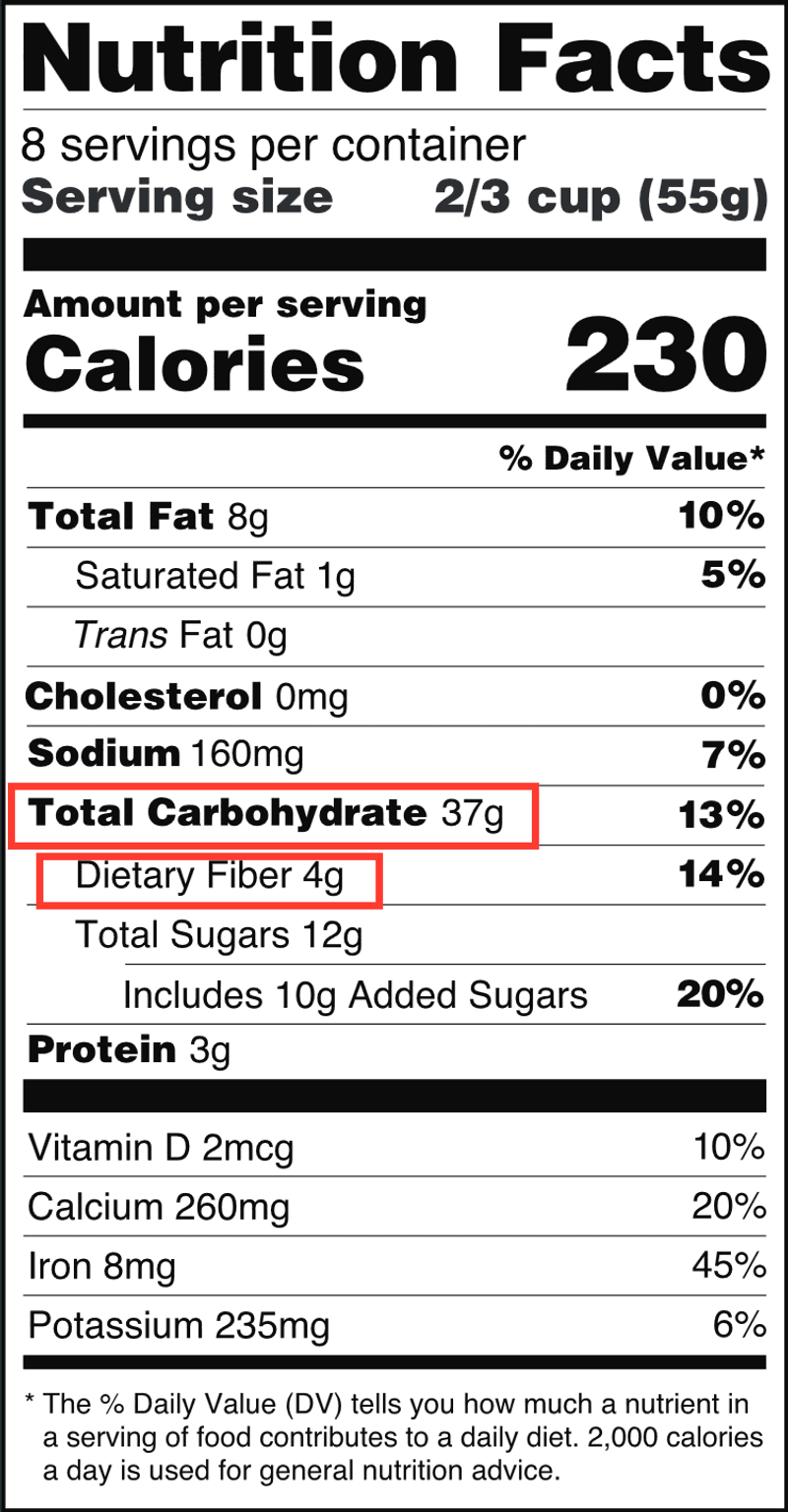
‘Net Carbs’ is a term designed for low-carb dieters, subtracting fiber and sugar alcohols from total carbs. A snack might boast low net carbs while containing complex ingredients. Picture a label emphasizing ‘Net Carbs’, requiring calculations to understand its impact. The term appeals to carbohydrate-conscious consumers, yet its unregulated nature means the numbers can vary. While ‘Net Carbs’ seems straightforward, it’s a term that invites scrutiny to truly grasp its dietary significance.
29. Fresh
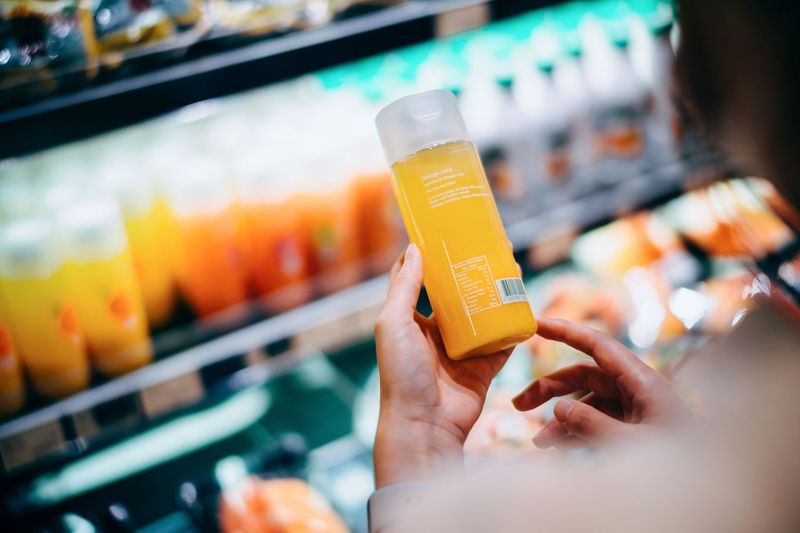
The term ‘Fresh’ on packaged food is more about perception than actual freshness. A product may claim freshness, yet be far removed from its original state. Picture a package boldly declaring ‘Fresh’, while its journey from factory to shelf tells a different story. The label plays into desires for quality and immediacy, though it lacks regulation. While ‘Fresh’ suggests premium quality, its real meaning often hinges on marketing, inviting consumers to read between the lines.
30. Hormone-Free (in poultry)
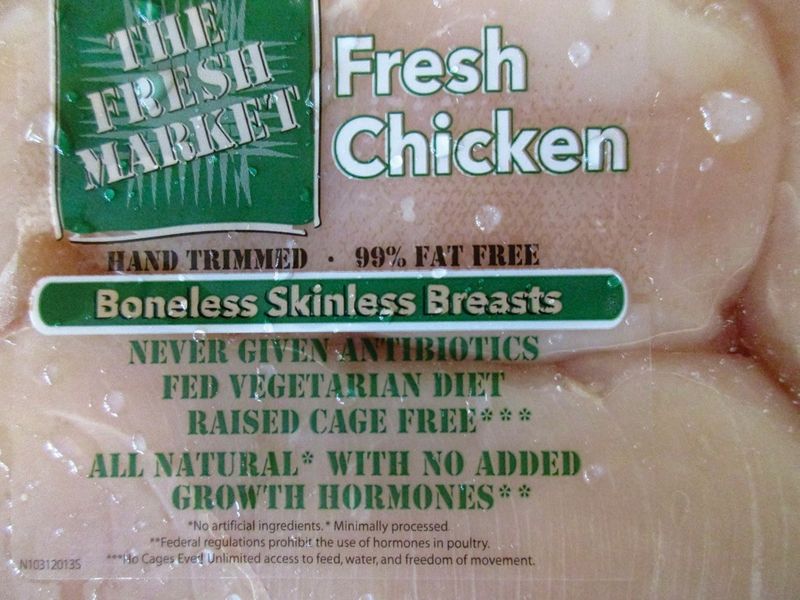
The label ‘Hormone-Free’ on poultry is a reminder rather than a novelty, as U.S. law prohibits hormone use in chicken and turkey. A package might display this label prominently, yet it’s merely stating the norm. Envision a chicken product announcing ‘Hormone-Free’, when legally, all are. This label capitalizes on consumer concerns, reinforcing existing standards. While ‘Hormone-Free’ may reassure buyers, it’s a marketing tactic rather than an exception, underscoring the need to understand regulatory practices.
